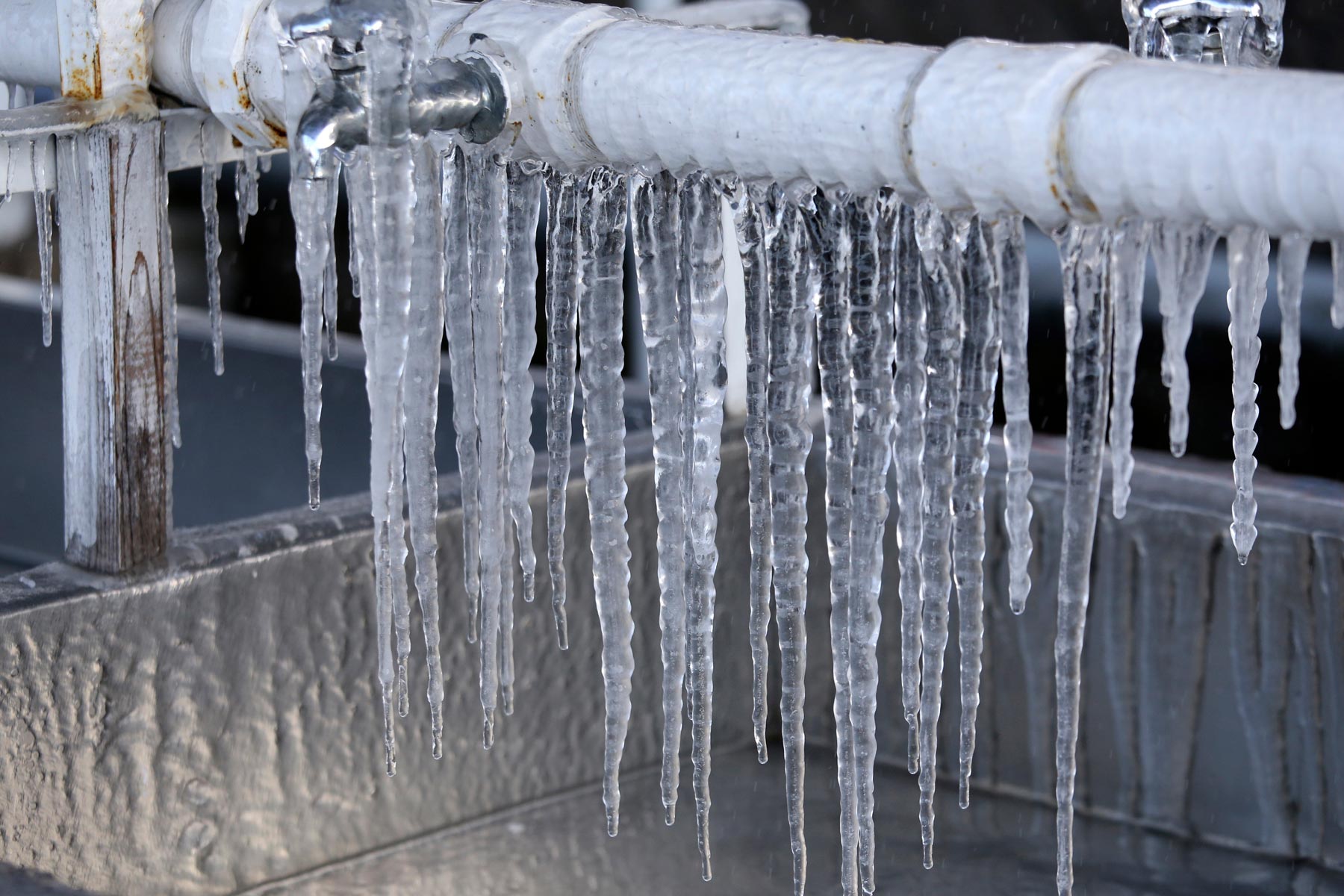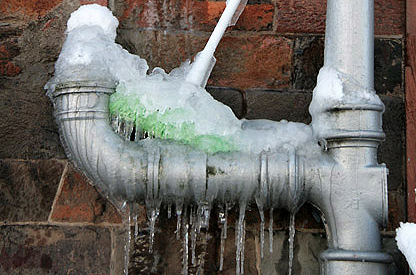How to Avoid Frozen Plumbing in Winter: Professional Advice
How to Avoid Frozen Plumbing in Winter: Professional Advice
Blog Article
We have encountered the article on Helpful Tips to Prevent Frozen Pipes this Winter directly below on the net and decided it made good sense to share it with you on this page.

Winter can damage your pipes, specifically by freezing pipes. Right here's just how to stop it from happening and what to do if it does.
Intro
As temperature levels drop, the risk of frozen pipes boosts, potentially bring about pricey repairs and water damage. Understanding exactly how to stop icy pipes is essential for homeowners in chilly environments.
Understanding Frozen Pipes
What causes pipelines to ice up?
Pipelines ice up when exposed to temperature levels listed below 32 ° F (0 ° C) for prolonged durations. As water inside the pipes ices up, it increases, putting pressure on the pipe wall surfaces and potentially triggering them to rupture.
Risks and problems
Frozen pipes can lead to water disturbances, building damages, and pricey repair work. Ruptured pipelines can flood homes and create extensive architectural damage.
Indications of Frozen Pipes
Identifying icy pipelines early can stop them from rupturing.
How to identify frozen pipelines
Try to find reduced water circulation from taps, uncommon smells or noises from pipes, and visible frost on subjected pipelines.
Avoidance Tips
Insulating vulnerable pipelines
Wrap pipelines in insulation sleeves or use warmth tape to safeguard them from freezing temperatures. Concentrate on pipes in unheated or external areas of the home.
Home heating strategies
Maintain indoor spaces properly heated, specifically areas with plumbing. Open closet doors to allow cozy air to circulate around pipes under sinks.
Shielding Exterior Pipes
Garden tubes and outdoor taps
Detach and drain pipes yard hose pipes prior to winter. Set up frost-proof faucets or cover outside faucets with protected caps.
What to Do If Your Pipes Freeze
Immediate actions to take
If you think icy pipelines, keep faucets open to eliminate pressure as the ice thaws. Use a hairdryer or towels soaked in warm water to thaw pipelines slowly.
Long-Term Solutions
Structural modifications
Consider rerouting pipelines far from outside walls or unheated areas. Include additional insulation to attic rooms, basements, and crawl spaces.
Updating insulation
Purchase high-quality insulation for pipes, attic rooms, and walls. Proper insulation assists keep consistent temperature levels and lowers the danger of icy pipes.
Conclusion
Avoiding frozen pipelines calls for positive actions and quick responses. By comprehending the reasons, signs, and preventive measures, property owners can shield their plumbing throughout cold weather.
6 Proven Ways to Prevent Frozen Pipes and Protect Your Home
Disconnect and Drain Garden Hoses
Before winter arrives, start by disconnecting your garden hoses and draining any remaining water. Close the shut-off valves that supply outdoor hose bibs and leave the outdoor faucet open to allow any residual water to drain. For extra protection, consider using faucet covers throughout the colder months. It’s also important to drain water from any sprinkler supply lines following the manufacturer’s directions.
Insulate Exposed Pipes
Insulating your pipes is an effective way to prevent freezing. Pipe insulation is readily available at home improvement stores and is relatively inexpensive. Pay close attention to pipes in unheated areas such as the attic, basement, crawl spaces, or garage. Apply foam insulation generously to create a buffer against the cold. You can also wrap your pipes in heat tape or thermostat-controlled heat cables for added warmth.
Seal Air Leaks
Inspect your home for any cracks or openings that could let in cold air. Seal any holes around the piping in interior or exterior walls, as well as the sill plates where your home rests on its foundation. Additionally, make sure to keep your garage door closed unless you’re entering or exiting. Leaving it open creates a significant air leak that can lead to frozen pipes.
Allow Warm Air Circulation
During cold snaps, it’s essential to allow warm air to circulate evenly throughout your home. Leave interior doors ajar to promote better airflow. Open kitchen and bathroom cabinets to help distribute heat consistently around the rooms. If you have small children or pets, be sure to remove any household chemicals or potentially harmful cleaners from open cabinets for safety.
Let Faucets Drip
A small trickle of water can make a big difference in preventing ice formation inside your pipes. When temperatures drop significantly, start a drip of water from all faucets served by exposed pipes. This continuous flow helps prevent the water from freezing. Additionally, running a few faucets slightly can relieve pressure inside the pipes, reducing the chances of a rupture if the water inside does freeze.
https://choateshvac.com/6-proven-ways-to-prevent-frozen-pipes-and-protect-your-home/

We had been guided to that editorial about Prevent Frozen Pipes from someone on another website. Feel free to take a moment to share this blog entry if you enjoyed reading it. We recognize the value of your readership.
This Post Report this page